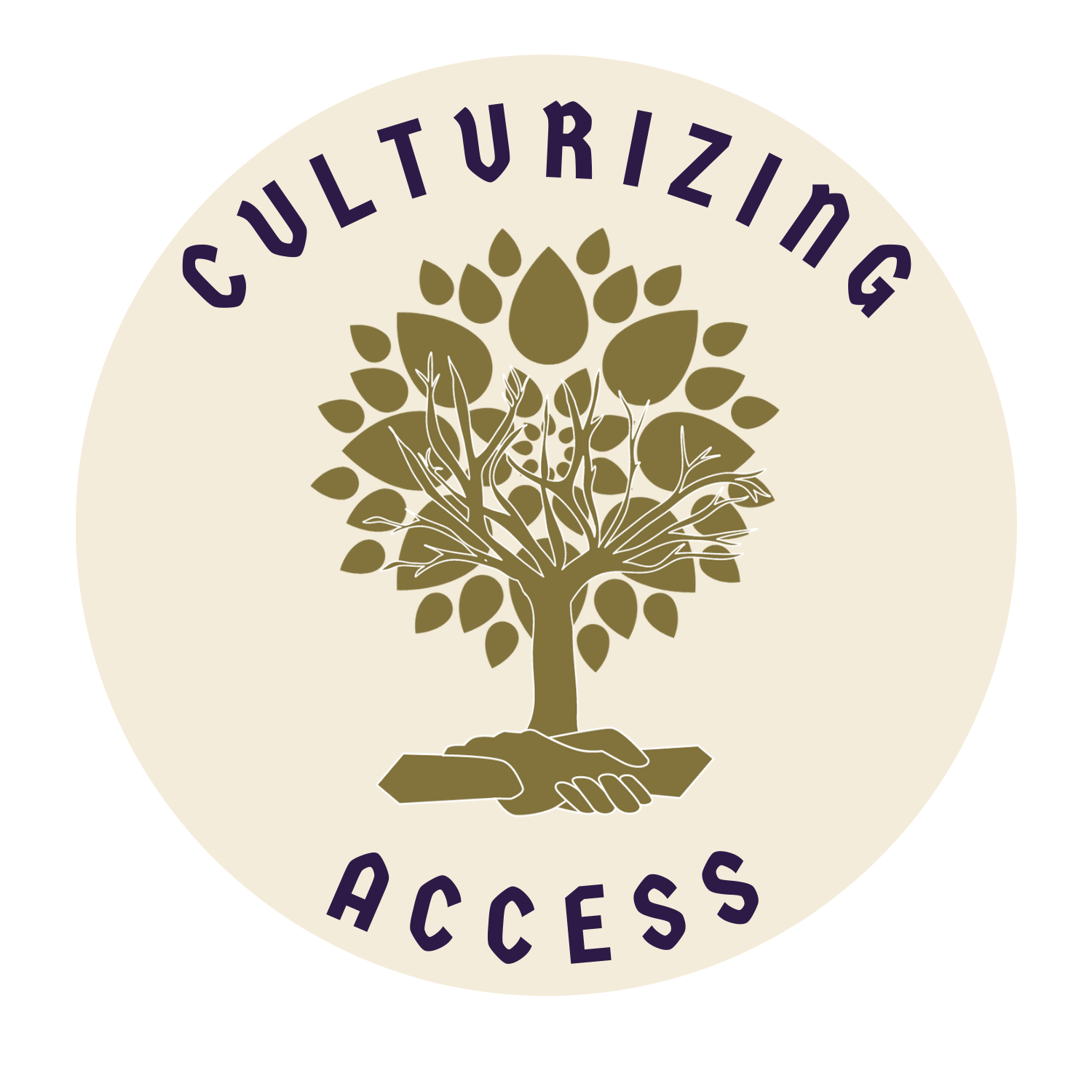Patient safety and satisfaction are cornerstones of effective healthcare. Patient Safety Awareness Week is an opportunity to reflect on how language access impacts these outcomes. For patients with Limited English Proficiency (LEP), communication barriers can lead to misunderstandings, delayed care, and avoidable errors. Addressing these challenges is not only vital for improving patient safety but also aligns with the updated ACA Section 1557 compliance requirements, offering a pathway to better care and stronger patient trust.
The Intersection of Language Access and Patient Safety
Language barriers are directly linked to increased risks of miscommunication, medical errors, and patient dissatisfaction. According to the Joint Commission, communication breakdowns are among the leading causes of sentinel events in healthcare patients, and these risks are amplified for those patients who prefer services in languages other than English. Effective language access strategies, such as the use of qualified interpreters, multilingual materials, and culturally competent care, are critical for mitigating these risks.
The 2024 updates to ACA Section 1557 emphasized this connection, requiring healthcare organizations to strengthen their language access plans and establish clear protocols for communication assistance. These updates highlight the role of language access in reducing disparities and ensuring equitable care for all patients.
READ MORE Overcoming Language Access Challenges for ACA Compliance

Strategies for Enhancing Safety Through Language Access
To ensure patient safety and satisfaction, healthcare organizations can implement the following strategies:
Personalize Patient Interactions
Building trust starts with personalized care. Simple actions such as addressing patients by name, understanding cultural preferences, and ensuring follow-up communication can have a profound impact on patient confidence and engagement. Personalized care fosters a sense of inclusion and reduces the likelihood of errors caused by assumptions or misunderstandings.
Enhance Communication Processes
Language access plays a pivotal role in ensuring that care plans are clearly understood. Key actions include:
- Providing multilingual resources by translating vital documents, including informed consent forms and discharge instructions, into the top 15 languages in each state.
- Avoiding reliance on family members or untrained staff to convey critical information by using qualified interpreters.
- Training and equipping providers to communicate effectively across cultural and linguistic differences.
These measures are some of the steps within language access organizations can do that align with the Joint Commission’s 2025 National Patient Safety Goals and emphasize improving communication and understanding as central to safe care delivery.

Patient Feedback
Feedback from patients can identify gaps in communication and highlight opportunities for improvement. Yet, LEP patients are often left out from opportunities to provide their experiences and ideas on care improvement. Conducting surveys and focus groups with LEP patients can provide actionable insights that strengthen language access programs and enhance care delivery.
Language Access and Compliance
While the focus of Patient Safety Awareness Week is on improving care for all patients, it’s important to recognize the dual benefit of language access strategies: enhancing safety while meeting compliance requirements. Under the ACA Section 1557 updates, healthcare organizations must appoint Section 1557 Coordinators and formalize Language Access Plans by mid-2025. Meeting these deadlines is essential to avoid penalties, but the ultimate goal is to foster environments where all patients feel safe, understood, and valued.
Looking Ahead
Patient Safety Awareness Week is a reminder that effective communication is a cornerstone of equitable and safe care. By prioritizing language access strategies, healthcare organizations can not only meet compliance requirements but also create lasting improvements in patient outcomes and satisfaction. At Culturizing Access, we partner with organizations to develop tailored solutions for compliance and equity. Contact us to learn how we can help you create a safer, more inclusive healthcare system.


